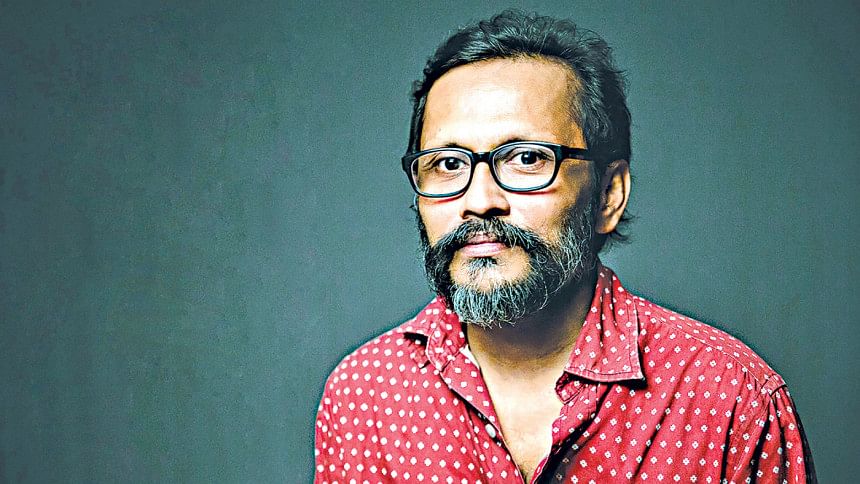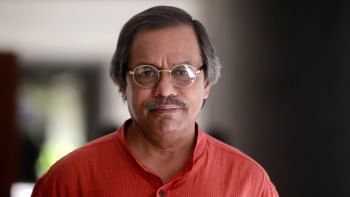Nurul Alam Atique opens up about ‘Lal Moroger Jhuti’

After six years of gestation since it received a government grant, "Lal Moroger Jhuti" (Call of the Red-Rooster), produced by Pandulipi Karkhana, was released yesterday.
Throughout the past two decades, director Nurul Alam Atique has created a unique style of storytelling, involving intimate human concepts. "Lal Moroger Jhuti" presents a narrative that explores the collective memory of the masses during 1971. Atique shares his thoughts on his second feature film with The Daily Star.
The director was born in 1971. His memory of that time is thus shaped by stories shared by his mother and aunts. He vaguely recalls them talking about hiding at the sound of the siren. Saidpur Airfield was a witness to forced labour, genocide, and later, the surrender of the Pakistani Army on December 18, 1971, and thus, remains crucial to history.
Atique's childhood memory of the runway, intertwined with the experiences of Col. (Retd.) Quazi Sajjad Ali Zahir Bir Protik and Freedom fighter Nasiruddin Yousuff Bachchu, formed the narrative of the film. "Memories are like fading bromides of photographs. Restoring the collective memories and re-imagining the historical events is important to me. 1971 is a unique and significant event in our lives. I would not claim the film to be a historical document, but it is a reference," he says.
He emphasises on the numerous untold accounts of history, especially from people of the lower class. The film is set in a majorly hostile Bihari space, with allies, opponents, and some characters of the then East and West Pakistan.
The radio played an important source of information and aspiration during the Liberation War. Atique carefully used this space and the energy transmitting gadget in the film. "For the imprisoned community who were losing hope, radio was the only lifeline. From an intention point, this film is also a tribute to the unsung heroes of Swadhin Bangla Betar Kendra," he adds.
The black and white render and sound design of the film create a tunnel for time travel for the audience. Award-winning sound designer, Sukanta Majumder, created the soundscape of the film. "I intended to explore the psyche of the characters. Apart from creating the time difference, black and white also helps to highlight the expressions of the characters. Sukanta's compassion for this project is unparalleled," Atique shares.
"It was while working with Tareque bhai (Tareque Masud)during the distribution of "Muktir Gaan" and later in "Muktir Kotha" that I could explore people of the grassroots level, who fought back without having any expectations. I wished to connect those expressions in my work."
With visuals, sonar conundrums, and dialogues, "Lal Moroger Jhuti" has shaped up to be not just a reimagination of history, but also an avenue for the audience to rethink.

 For all latest news, follow The Daily Star's Google News channel.
For all latest news, follow The Daily Star's Google News channel. 



Comments